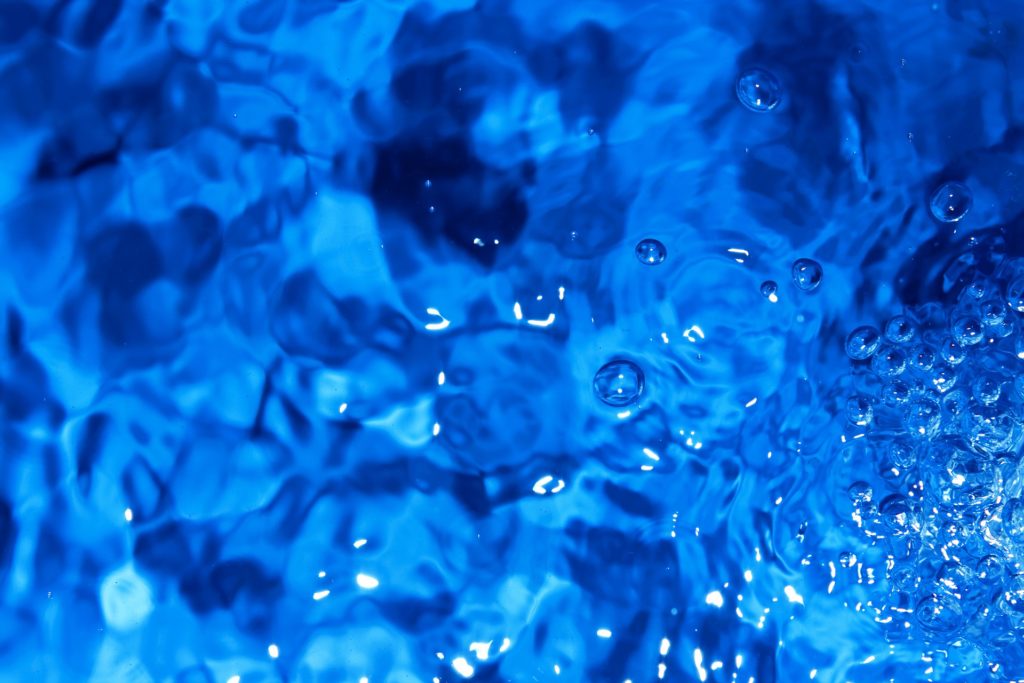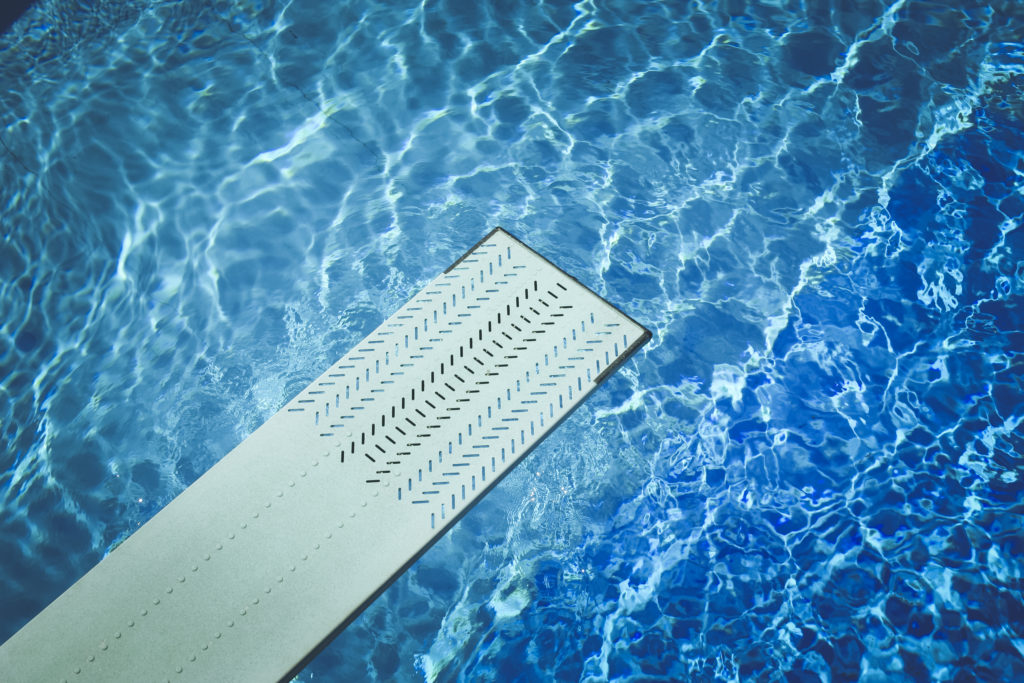What is circulation?
Ever wondered if there was a specific word for the process of moving water throughout your pool system?
Well, guess what, there is. And that word is, you guessed it, circulation.
Pool water circulation involves a very particular path that your water takes while traveling throughout the system.
The process starts at the pool pump, the heart of circulation, where water is pulled in through the skimmer and main drains. A fair amount of debris will get captured within the pump and skimmer basket, but it’s the next step that really packs all the cleaning power.
After flowing past the pump, pool water makes its way to the filter system. This is where any impurities and debris still lurking in the water are contained and prevented from reentering the pool. Easily one of the most crucial parts of keeping your pool clean.
From there, the filtered water travels to the pool heater where it’s warmed and recirculated back into the pool. At this point, the process repeats for as long as the pump is running.
Why is good circulation important?
Good circulation and bad circulation is the difference between a crystal-clear pool and a backyard swamp. Okay, well maybe not a swamp, but the point is that circulation makes all the difference. Without it, keeping your pool clean would be insanely challenging, to say the least.
Why?
Well, that’s because circulation is responsible for:
- Powering your filter system
- Evenly distributing pool chemicals
- Keeping debris out of your water
- Assisting in the transfer of heat into your water
So now that you understand the full impact it has, you’re probably wondering how to make sure your pool water circulation is correct. Which is exactly what we’re about to walk you through.
The Best Ways To Improve Pool Water Circulation



When it comes to getting the best pool water circulation, there are a few areas you want to focus on.
Check and maintain pump
As we mentioned earlier, your pump is truly the heart of your pool system. Without it, there would be no pool water circulation. At all.
For the best pool water circulation time, run your pump at least 8 hours a day.
With that said, keeping your pump in good working condition means consistent and reliable circulation. It may not seem like much, but a faulty pool pump can lead to a whole list of problems, from a dirty pool all the way to damaged pool heaters and other equipment.
To prevent this, empty out the pump basket weekly and inspect the pump regularly.
Make note of any strange noises or weakness in water flow (which can also be a filter problem).
In the event that you do run into problems, we recommend going through the steps outlined in this guide for troubleshooting a pool pump.
Clean and maintain filter
Bad circulation doesn’t always mean that your pump is the problem. It can often just be that your filter is clogged up, or needs a cleaning. Regardless of the type of filter you’re using we recommend making a habit of cleaning/backwashing it every other month or so. This will prevent any major buildup and your water pressure from rising too much.
Of course, you’ll eventually have to replace your filter media at one point or another. So here are some helpful resources for just that:
How To Replace Pool Filter Sand
How To Replace Filter Cartridge
How To Choose The Best Pool Filter
Angle those return jets
A lot of us overlook the importance of return jets. They mostly go unnoticed, buried under the depths of the surface, tasked with the sole purpose of pumping water into your pool. So needless to say, they’re easy to forget about, but that doesn’t make them any less significant.
In fact, the angle of your return jets can make a major difference in the efficiency of your pool water circulation.
For optimal circulation, angle your return jets downward to either the left or right, but all in the same direction. Think of the recycling symbol, or a whirlpool.
Note: It’s important to angle the return jets them downward since your skimmer lines will already be creating circulation on the surface.
One more tip, but first, let’s talk about Dead Areas
As much as it hurts us to say, there is no such thing as “perfect” circulation. And we know that’s a hard pill to swallow given how were just talking about optimal return jet positioning. But there are, by nature, areas in your pool that your water flow path will avoid like the plague. These areas are usually the culprits behind surprise algae attacks and cloudy water.
But’s enough chit chat, let’s call these guys out.
Typical dead areas includes:
- Behind the ladder
- On the steps
- Walls across from the skimmers and jets
- Corners of the pool
- Under the skimmer door
Hopefully, that list didn’t scare you too much. If it did, you’ll be happy to know that there’s a foolproof solution for all those trouble areas.
Clean the pool
There’s nothing like a good cleaning schedule. Sure it may not be a barrel of fun, but keeping your pool clean saves you tons of headaches down the road. And it also helps reduce wear and tear on your pool system.
Most importantly, it’s the one surefire way to take care of dead areas.
Brushing your pool walls regularly keeps buildup out of those troublesome areas and help your filter work more efficiently by freeing up any stubborn debris stuck on the walls.
But for some truly efficient cleaning, follow up your brushing and vacuum your pool at least once a week to take care of leftovers hanging out on the pool floor.
BONUS: You’ll be happy to know that brushing and vacuuming your pool are a part of an effective pool care schedule — the key to maintaining the cleanest, healthiest swimming pool possible. (Not to mention saving money)
How to circulate pool water without a pump



Swim.
Seriously, it’s that easy.
Swimming in the pool creates movement in the water, which helps lift up debris and spread chemicals. Now, it’s not as efficient as doing all of the above, but it certainly isn’t a chore. Whether you’re playing some swimming pool games with family and friends, or doing laps, know that you’re contributing to your pool water circulation.
Closing Thoughts
We hope this post helped you get a better understanding of circulation and its impact on your pool system. If not, all you need to take away is that good circulation means a clean and healthy pool. And that should be incentive enough for any pool owner.
Of course, being a pool owner comes with its fair share of mystery, especially if you’re not accustomed to pool maintenance. In comes the ultimate solution, our Pool Owner Guide — it covers everything from water chemistry to filters and beyond.


